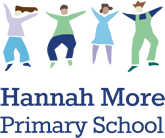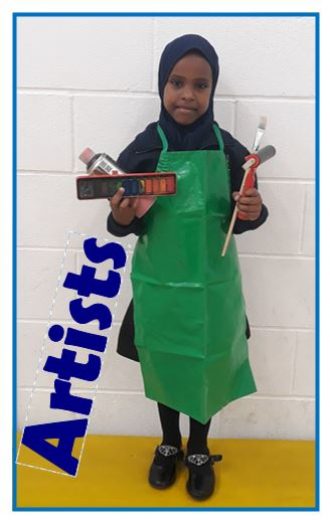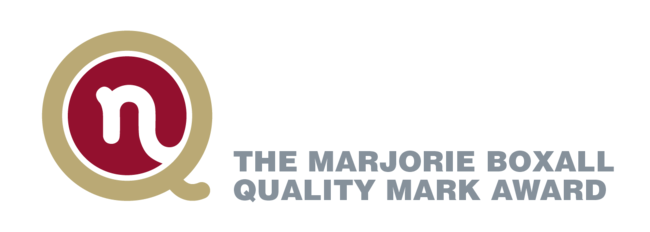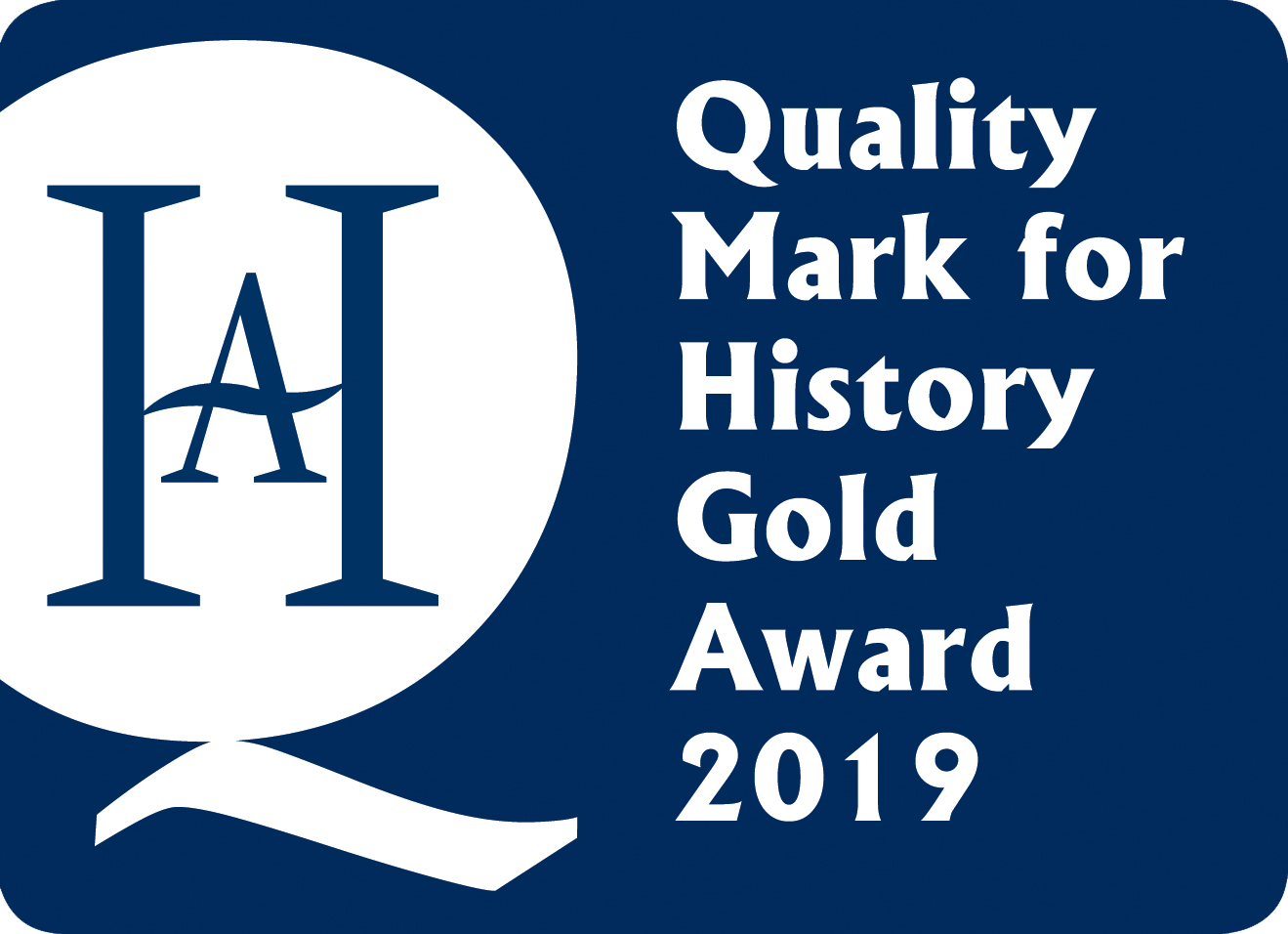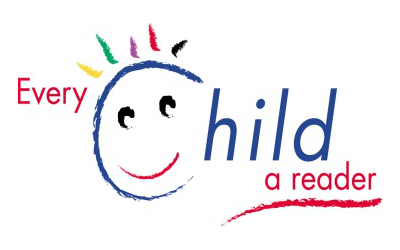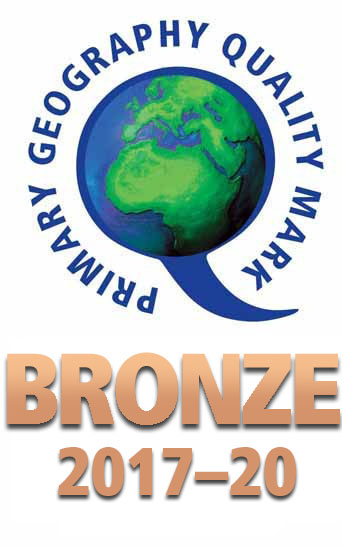Artist Threads
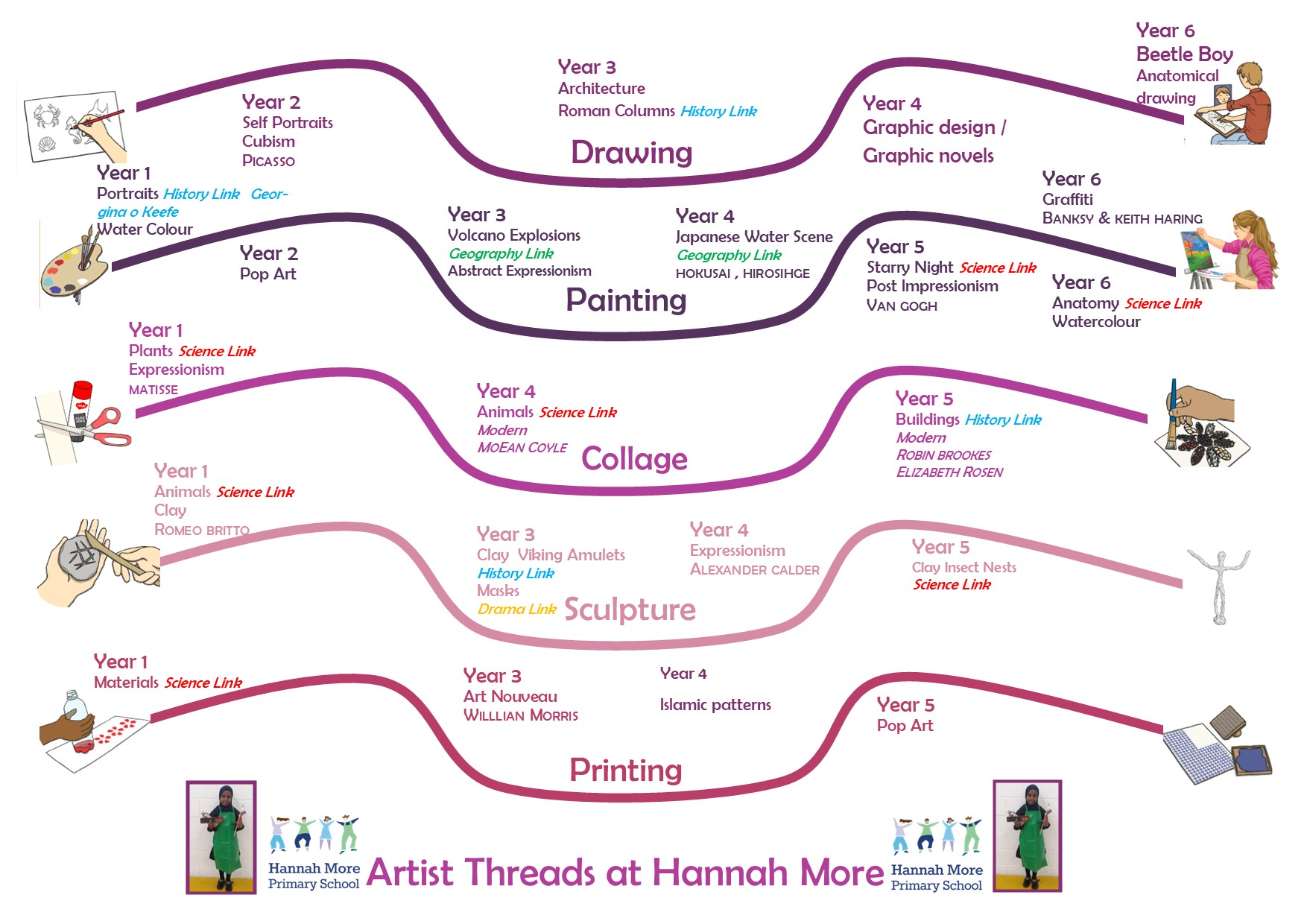
Artist Curriculum Map
|
|
Term 1 |
Term 2 |
Term 3 |
Term 4 |
Term 5 |
Term 6 |
|
Year 1 |
Rubbing and print making |
Artist study: Matisse collage |
Artist study: Romeo Britto Drawing, pattern, painting and sculpture |
What goes on behind the scenes? Artist study: Georgia O’Keefe Mixed media (paint, photography, collage) |
Why were Christopher Columbus and Neil Armstrong courageous people? Self-portraits |
|
|
Year 2 |
What goes on behind the scenes? Observational drawings of leaves and flower Printing: Rubbings of leaves Sculpture: make flowers from recycled materials |
What could Traction man’s playground be made of? Artist study: Roy Litchenstein and Andy Warhol Create own Pop Art using pencil and colour |
How has travel changed in my city? Artist study: Picasso Create portraits using cubism |
What is home? Artist study: Andy Goldsworthy Sculpture: create habitats using weaving and clay, |
How are schools the same? Artist study: L.S. Lowry Drawing and watercolour buildings |
|
|
Year 3 |
Where does my shadow come from? Photostory |
What is underneath our feet? Artist study: Jackson Pollock Drawing and painting – splash and pour |
Were the Vikings bloodthirsty warriors or peaceful settlers? Sketch and make clay amulets and faces |
What goes on behind the scenes? Artist study: Nick Cave Design and make soundsuits |
What did the Romans do for Britain? Drawing: Roman architecture |
How do plants die? Artist study: William Morris Block printing |
|
Year 4 |
What did Early Islamic Civilisations leave behind? Islamic Art – pattern and tessellation |
How do animals feed and grow? Animal collages |
What goes on behind the scenes? Artist study: Alexander Calder Paper sculptures |
What is the difference between noise and sound? Drawing musical instruments |
How does electricity flow? Artist study: David Carson Graphic design |
Where does water come from? Artist study: Hokusai Draw and paint waves |
|
Year 5 |
Who is trading with whom? Artist study: Elisabeth Rosen Collage cityscape |
What goes on behind the scenes? Artist study: Andy Warhol Printing |
What makes our planet unique? Artist study: Van Gogh Drawing and painting ‘Starry Night’ |
Where is our twin? Artist study: Harriet Powers Applique |
How do habitats affect lifecycles? Artist study: Nacho Carbonell and Ceciel Van Der Weide Sculpture: clay and weaving |
|
|
Year 6 |
What did Linnaeus and Darwin do for science? Anatomical drawings of beetles |
How has our understanding of the human body changed? Drawing and watercolour human anatomy |
How sustainable is Bristol’s energy? Artist Study: Banksy Graffiti |
What made the Greek’s great? Sculpture: clay theatre masks |
What is our heritage? Artist study: Guy Denning Self-portraits |
How do things move? What goes on behind the scenes? Artist study: Hanna Hoch - collages Artist Study: Shinique Smith – mixed media |
